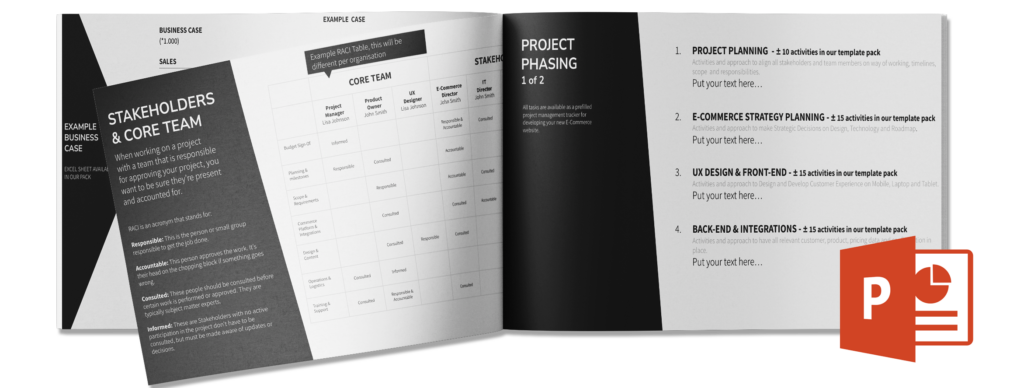In your E-Commerce Website Project plan you need to make sure to have a solid foundation for your navigation menus. An effective website navigation system is designed with the user in mind, using straightforward language and links to important pages. It should be visually distinct from the main content through the use of white space, color changes, or other design elements, and should be easy to use on both mobile and desktop devices. Additionally, it should be contextual, taking into account the user’s experience and expectations.

To optimize your website’s navigation for search engines and user experience, consider the following tips:
- Plan your page structure and navigation in advance, using tools like GlooMaps or Octopus to create mockups.
- Follow established standards, such as using the “hamburger” icon or three dots to indicate an expandable menu.
- Use language that reflects your users’ vocabulary and search terms, and create pages that match their search queries.
- Make sure your navigation is responsive and mobile-friendly, using expandable mobile menus instead of cluttered or off-screen menus.
- Utilize your footer menu to highlight valuable content and pages that don’t fit in the header.
- Use color, fonts, and white space to clearly distinguish your navigation from other elements on the page.
- Avoid dropdown menus in favor of hierarchical or local navigation, which can improve user flow and allow users to interact with your website more easily.
Plan for User Testing in your E-Commerce Project
As a project manager you need to get your team ready for user testing. User testing is the process of evaluating the usability and effectiveness of a website or web application by having real users perform tasks and provide feedback. Here are the steps involved in user testing a website:
- Define the goals of the user testing: Before starting the user testing process, it’s important to determine what you want to learn from the testing. This will help you focus on specific areas and create a set of tasks that align with your goals.
- Identify the target audience: You should select users who represent your target audience and are representative of the users who will be using the website.
- Create a script or set of tasks: Design a set of tasks that users will be asked to complete during the testing. These tasks should be relevant to your goals and should reflect the types of actions that users are likely to perform on the website.
- Set up the user testing environment: Choose a location for the user testing that is comfortable and conducive to the testing process. Set up any necessary equipment, such as a computer or mobile device, and make sure that the website is properly configured for the testing.
- Conduct the user testing: Have the users complete the tasks while you observe and take notes on their interactions with the website. You can also use tools like screen recording software to capture the user’s interactions and gather additional data.
- Analyze the results: After the user testing is complete, review the data and analyze the results to identify any problems or areas for improvement.
- Iterate and improve: Based on the results of the user testing, make changes and improvements to the website as needed. Repeat the user testing process to ensure that the changes are effective and meet the needs of your users.

Meeting to plan in your gant chart timeline
There are several meetings that may be necessary to plan and conduct a user test (Check my Free Template for your E-Commerce Website Projectplan):
- Kickoff meeting: This meeting is held to introduce the project, discuss the goals and objectives of the user test, and establish the timeline and responsibilities of team members.
- Planning meeting: This meeting is used to develop the user test plan and determine the specific tasks and scenarios that will be tested. The team should also discuss and decide on the recruitment criteria for the test participants, as well as the type of data that will be collected.
- Preparation meeting: This meeting is held to review the user test plan and make any necessary updates or changes. The team should also discuss the logistics of the user test, such as scheduling, location, and equipment.
- Review meeting: This meeting is held after the user test to review the results and gather feedback from the team. The team should also discuss any necessary changes or improvements based on the user test results.
- Follow-up meeting: This meeting is held to discuss any follow-up actions or tasks that need to be completed based on the results of the user test.


